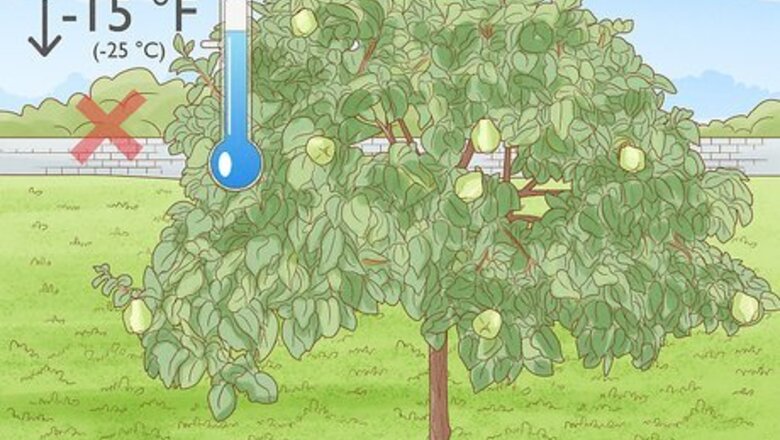
views
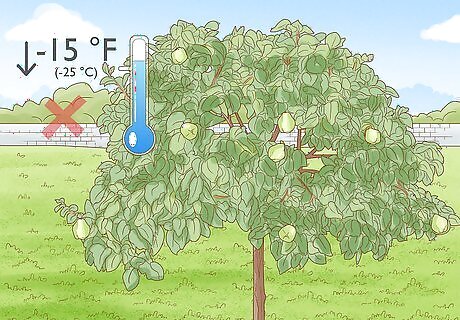
Figure out if you live in the proper climate to grow quince trees. Quinces cannot grow in places where the temperature drops below -15 degrees F (-25 degrees C), but must have a cool period during winter in order to produce fruit. They also prefer inland conditions because in moist, coastal areas they are more likely to be attacked by fleck, which is a streaking of the wood caused by insect attacks.
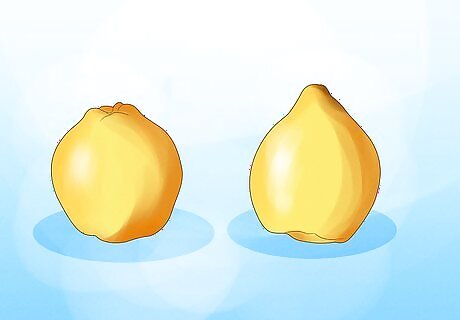
Determine the variety of quince you wish to grow. If you wish to eat the fruits of your quince, be certain to pick a variety that yields edible fruit. Some varieties of quince trees are purely ornamental. Angers, Orange, Pineapple, Champion and Smyrna are varieties of quince to consider. They are readily available and produce edible fruits.
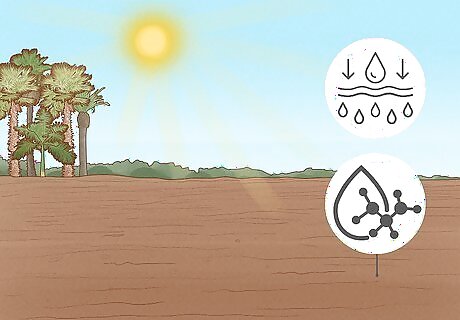
Choose the planting location for your quince trees. Quince trees prefer sites that receive full sun and have moist, porous and slightly acidic fertile soil. They cannot tolerate quick changes in temperature and need to be planted in a protected area with a good windbreak. Also, late frosts can damage quince flowers once they form, so it is best to plant them in areas that are not prone to late frosts.
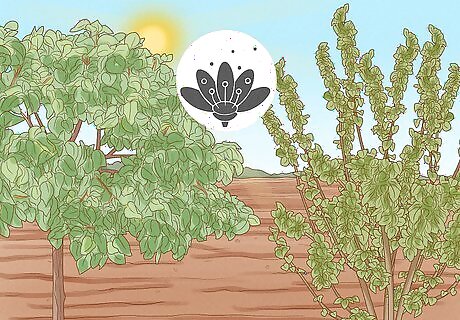
Consider growing more than one quince tree and more than one variety. While quince trees are capable of self-pollination, they produce more fruit when they are cross-pollinated.
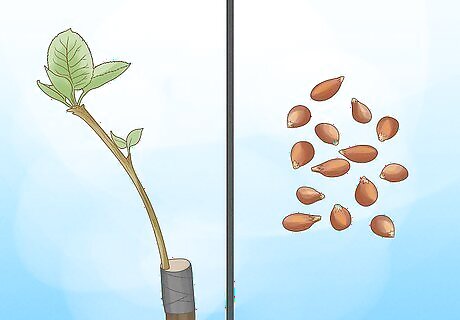
Start your quince trees. Quinces are often propagated from hardwood cuttings. The cuttings should be taken in the late fall or early winter and should be about 10 inches (25 cm) long. Another common method is to start quince trees from seeds. Seeds should be planted in late winter or early spring. They can be planted directly in the ground or started in a small pot. You can also buy young quince trees from a greenhouse.
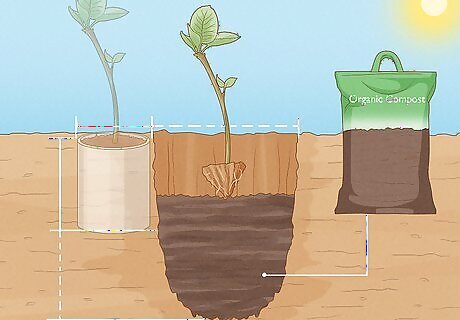
Plant your quince trees in the ground. Dig a hole that is about two times as big and deep as the pot in which the quince trees are growing. Put some compost or peat moss in the hole to enrich the soil. Loosen the root ball on the quince tree and plant it at or above the same level that it was planted in its pot.
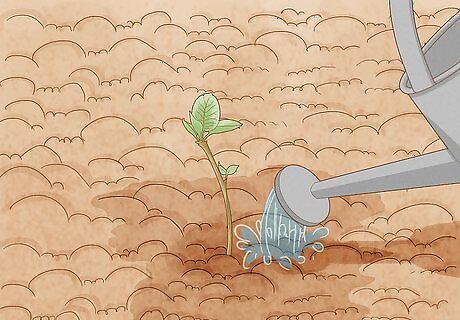
Water your quince trees. Quince trees are not drought-tolerant and frequent watering when they are young encourages the growth of a strong root system.
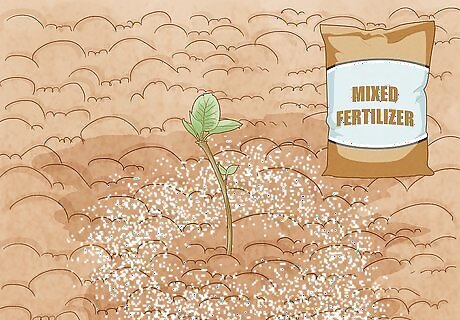
Fertilize quince trees with mixed fertilizers.
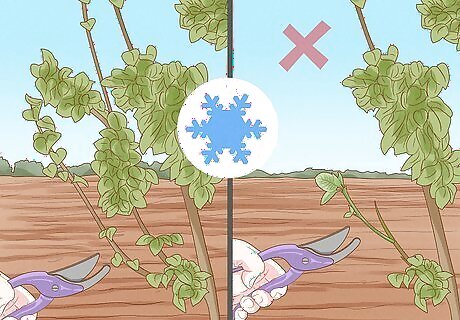
Prune quince trees in winter, but do not prune any new limbs that you wish to keep.
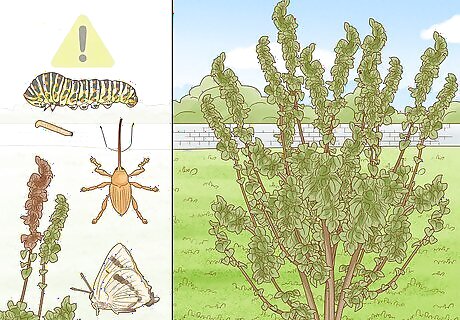
Minimize pest problems with your quince trees. Caterpillars, Curculio, moths, borers, fireblight, and bud injury can all cause damage to your quince trees. So look for pesticides that target these particular pests. Prune the new wood on your quinces as little as possible and no not use excessive nitrogen in the soil around quince trees.
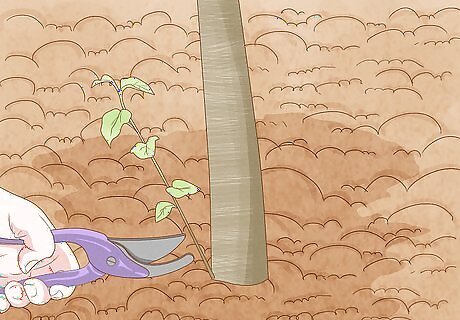
Remove suckers (new branch growths) from your quince trees. Trees grown from cuttings will produce suckers, which must be removed as they will rob the fruit and leaves of important nutrients.
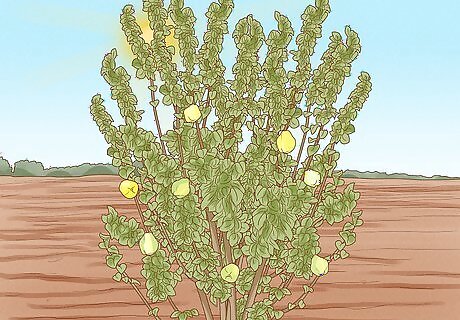
Watch your quince tree grow and fruit. Quince trees from seeds should yield fruit within about five years. Trees grown from cuttings will begin to produce fruit even sooner. One quince tree often yields 220 to 330 lbs. (100 to 150 kg) of fruit each year.


















Comments
0 comment